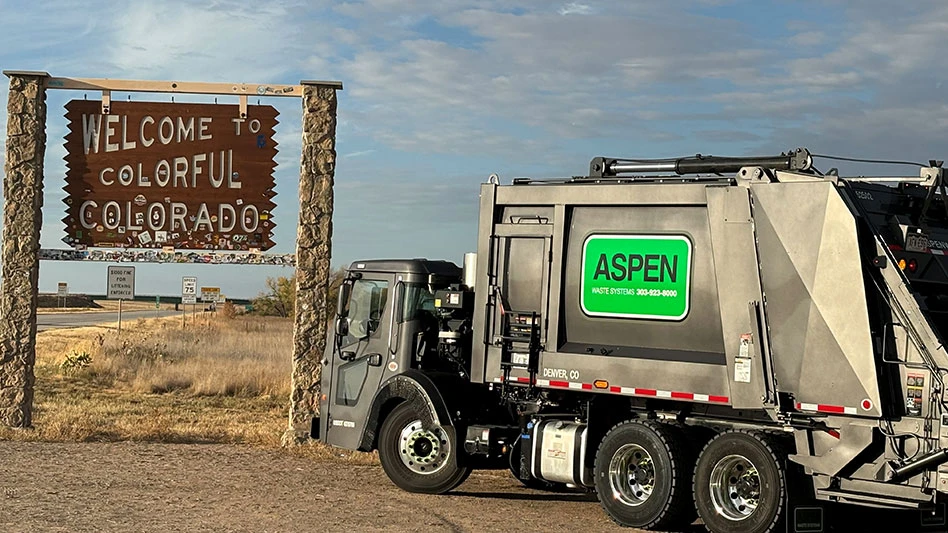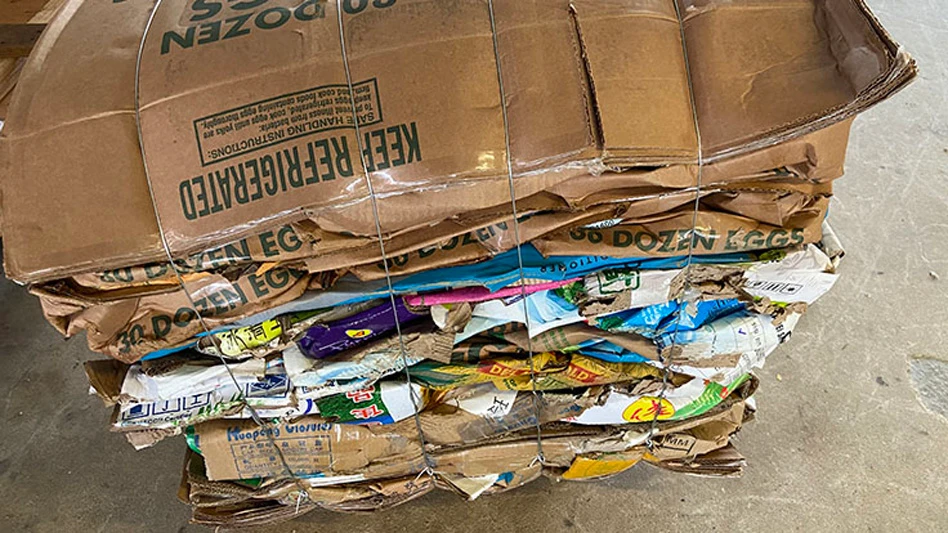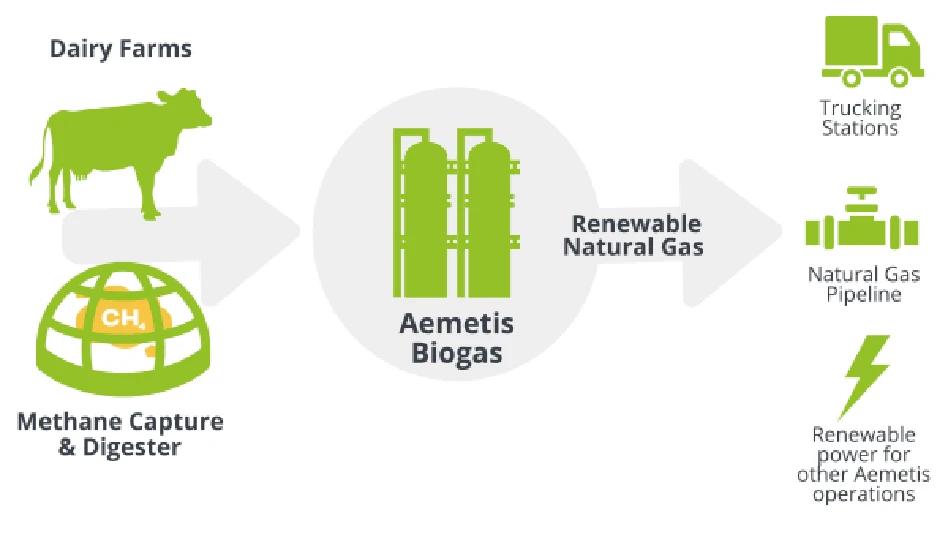
Photo courtesy of Fulcrum Bioenergy
Fulcrum Bioenergy, a clean fuels company that raised more than $1 billion to turn municipal waste into low-carbon fuels for planes and trucks, reportedly verges on collapse after layoffs and financial troubles.
As reported by Bloomberg, the company recently laid off nearly all its staff of roughly 100 and halted most of its operations, signaling the demise of the renewable energy pioneer that had garnered support from companies like BP, United Airlines and Japan Airlines.
Fulcrum employees tell Bloomberg they were laid off May 17 and the company’s website has since been disabled. The business publication reports it is unclear which executives are still employed, and that requests for comment were not returned.
The financial turmoil has raised questions about Fulcrum’s flagship facility in Nevada, which reportedly cost more than $200 million to construct. According to Bloomberg, the plant has been plagued by “costly technical problems” since it began operations in 2022.
The facility, which Fulcrum describes as “the world’s first landfill waste to renewable transportation fuels plant,” processes prepared waste feedstock and turns it into high-quality hydrocarbon synthetic gas, or syngas, ideal for conventional Fischer-Tropsch fuel production.
As previously reported by Waste Today, the Sierra, Nevada, biofuels plant includes a feedstock processing facility and a biorefinery capable of converting about 175,000 tons of prepared landfill waste into about 11 million gallons of renewable syncrude annually.
Fulcrum also has waste-to-fuel plants planned for Indiana, Texas and the United Kingdom.
Despite support from industry giants, Bloomberg reports that Fulcrum struggled to deliver on its promises, with several delays in opening its flagship plant. Initially set to open in 2010, the facility didn’t begin operating until 2022 and was plagued by unexpected complications.
According to an internal company report, the facility’s early operations experienced the creation of nitric acid, which ate through the facility’s equipment, causing millions of dollars in damage and months of delay.
The Nevada plant suffered more technical setbacks after ramping up production again late last year, with Bloomberg reporting that a “thick cement-like material began building up throughout the plant’s gasification system.”
In some places, it was more than 10 feet thick, according to former employees. This caused the plant to shut down again. Eventually, industrial blasters were called in to use explosives to help eradicate the material.
While the company hasn’t yet filed for bankruptcy, it’s unclear what will happen to planned facilities such as in the U.K., which received a $20 million grant last year from the U.K. Department of Transportation.
Latest from Waste Today
- Capital Waste acquires Tennessee Waste Haulers
- Van Dyk partners with Reckelberg Environmental Technologies
- CRI submits comments to CalRecycle on CRV handling payments
- Reworld acquires EnviroVac Waste Transport
- Waga Energy partners on RNG project at France landfill
- Hawaiian county selects landfill site
- CAA submits final draft program plan in Oregon
- Washington city adds organics collection to waste service





